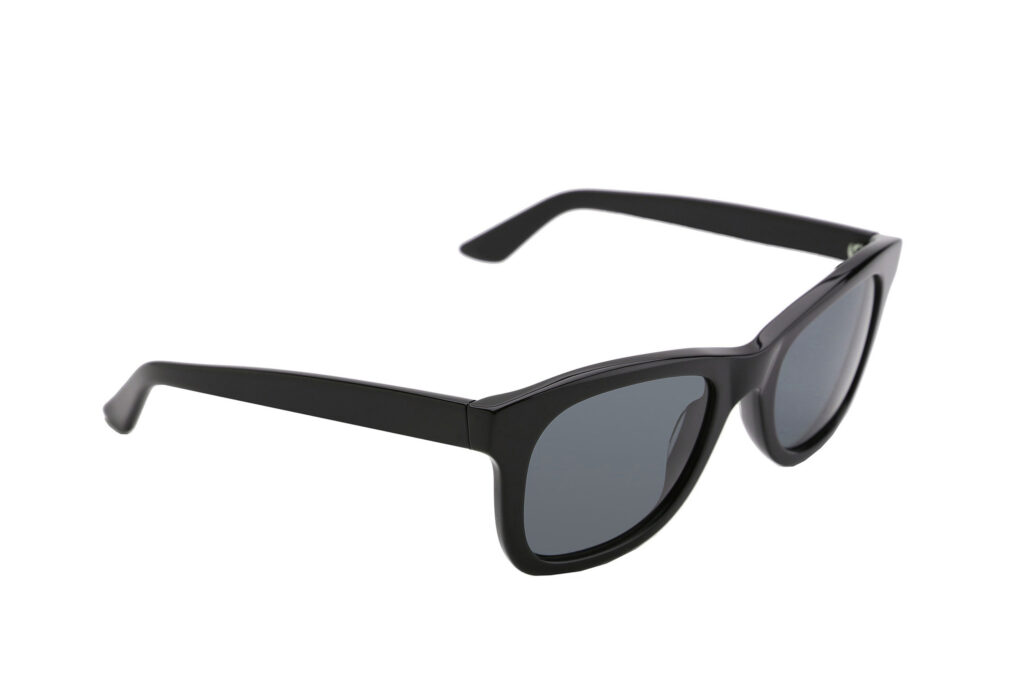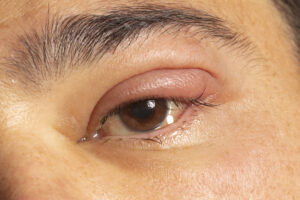Transition lenses, also known as photochromic lenses, are eyeglass lenses that shift into a darker shade when exposed to sunlight, and revert to their transparent state indoors or in dim lighting conditions. They possess a multitude of advantages and disadvantages, as listed below:
Pros of Transition Lenses:
Convenience: Transition lenses eradicate the need to interchange between conventional eyeglasses and sunglasses. They autonomously adapt to the shifting illuminance, providing a seamless and trouble-free encounter.
UV Protection: Transition lenses barricade 100% of pernicious UV rays, encompassing both UVA and UVB. This safeguard fortifies your vision against the perils of the sun, lessening the vulnerability to ocular ailments like cataracts and macular degeneration.
Eye Comfort: These lenses diminish the glare emanating from intense sunlight, rendering outdoor endeavors more gratifying. By conforming to the intensity of luminosity, they intensify visual lucidity and alleviate ocular strain, which is particularly advantageous for individuals with photosensitivity.
Style: Transition lenses come in a plethora of lens materials and designs, rendering them compatible with various frame styles and prescription requisites. Colors span the spectrum from grey, brown, green, blue, and beyond! They offer a versatile alternative for those who yearn for the advantages of sunglasses sans the burden of carrying an additional pair.
Cost-Effective: While transition lenses may entail a higher initial cost than regular lenses, they negate the necessity for a separate pair of prescription sunglasses, potentially saving you money in the long haul.
Cons of Transition Lenses:
Activation Time: Transition lenses necessitate a certain period to darken when exposed to sunlight and lighten when indoors. The promptness of activation and deactivation fluctuates contingent on the specific lens type and temperature conditions. In certain instances, the transition may not transpire as expeditiously as desired.
Limited Activation When Driving: Transition lenses rely on UV light to activate, which is predominantly obstructed by automobile windshields equipped with built-in UV protection. Consequently, these lenses may not darken significantly while driving, which can be a drawback for those who spend copious amounts of time on the road.
Temperature Sensitivity: Transition lenses may respond divergently to temperature variations, resulting in tardier or irregular shifts. In frigid conditions, the lenses may not darken as much as anticipated, potentially jeopardizing their efficacy.
Indoor Tint: Some wearers may discern a faint residual tint indoors or in dimly lit surroundings over time. Although this tint is typically minimal and scarcely discernible, it may be a matter of personal preference or an issue for individuals who necessitate immaculate vision indoors.
Ultimately, the decision to opt for transition lenses hinges on personal predilections, lifestyle, and individual prerequisites. The Lumos Vision Care team can furnish personalized guidance founded on your specific circumstances during your optical styling appointment.









